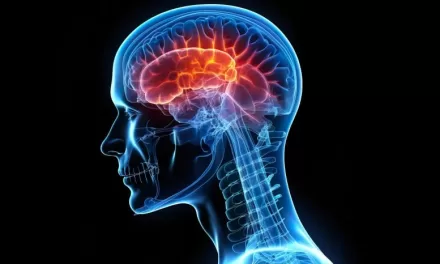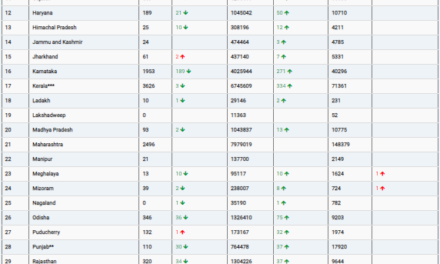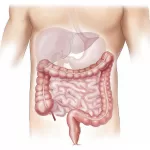
TOPLINE:
Men exposed to either job-related stress or an imbalance between the effort they put in and the rewards they reap at work have a 50% increased risk for coronary heart disease (CHD), and those facing both stressors have double the risk compared with colleagues not suffering from these stressors, new research shows. Results in women were inconclusive, suggesting a more complex relationship of these factors, the researchers note.
METHODOLOGY:
- Evidence suggests psychosocial stressors at work, from job strain related to level of demand and control in workload and decision-making responsibilities, and an effort-reward imbalance (ERI) in areas such as salary, promotion, and job stability, increase CHD risk, with the effect of both types of stressors together possibly being especially harmful.
- The study, which included 6465 participants in the cardiovascular component of PROQ, a Canadian prospective cohort of white-collar workers initially free of cardiovascular disease, mean age 45 years, estimated that the separate and combined effect of job strain and ERI on CHD incidence.
- Researchers used the Job Content Questionnaire to assess psychological demands and job control; various measures; scales to determine job strain, reward, and effort at work; and the sum of both effort and reward to calculate the ERI ratio.
- They assessed CHD using medico-administrative databases and an algorithm validated by medical records.
TAKEAWAY:
- After a median follow-up of 18.7 years, there were 571 and 265 incident CHD cases among men and women, respectively.
- Men with either job strain or ERI had a 49% increased risk for CHD (hazard ratio [HR], 1.49; 95% CI, 1.07-2.09), an estimate comparable to that of several lifestyle risk factors for CHD.
- Male workers facing both job strain and ERI had a 103% increased risk for CHD (HR, 2.03; 95% CI, 1.38-2.97), which is comparable to the increased risk associated with obesity.
- Associations were robust to adjustments for demographic, socioeconomic, psychosocial, personality, stressful life events, and biomedical and lifestyle factors.
- Among women, results were inconclusive because the CIs were wide enough to encompass both protective and detrimental effects, suggesting more research is needed into the complex interplay of various stressors and women’s heart health.
IN PRACTICE:
“Integrative and interdisciplinary approaches should be used to tackle psychosocial stressors at work,” the authors write, adding this involves “going beyond traditional modifiable individual behaviors” and should include “population-based prevention strategies taking into consideration both the individual and their work environment.”
SOURCE:
The study was conducted by Mathilde Lavigne-Robichaud, Population Health and Optimal Health Practices Research Unit, CHU de Québec-Laval University, Quebec City, Canada. It was published online September 19, 2023, in Circulation: Cardiovascular Quality and Outcomes.
LIMITATIONS:
There was a risk for chance associations due to multiple testing. The exposure may have changed over the course of the study. Using medical databases for CHD event definition may have led to misclassification and underestimation of outcomes. The study population is limited to white-collar workers.
DISCLOSURES:
The study received funding from the Canadian Institute of Health Research. Lavigne-Robichaud was supported by a PhD grant from les Fonds de Recherche du Québec–Santé. See paper for disclosures of other authors.











